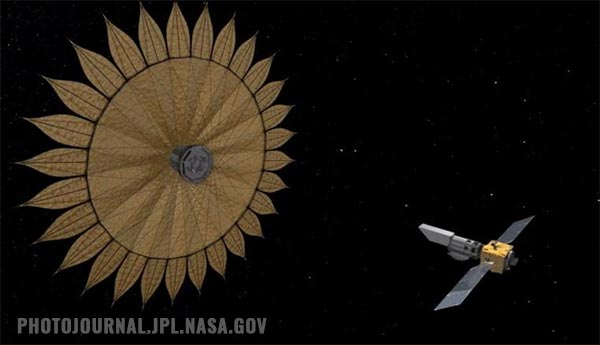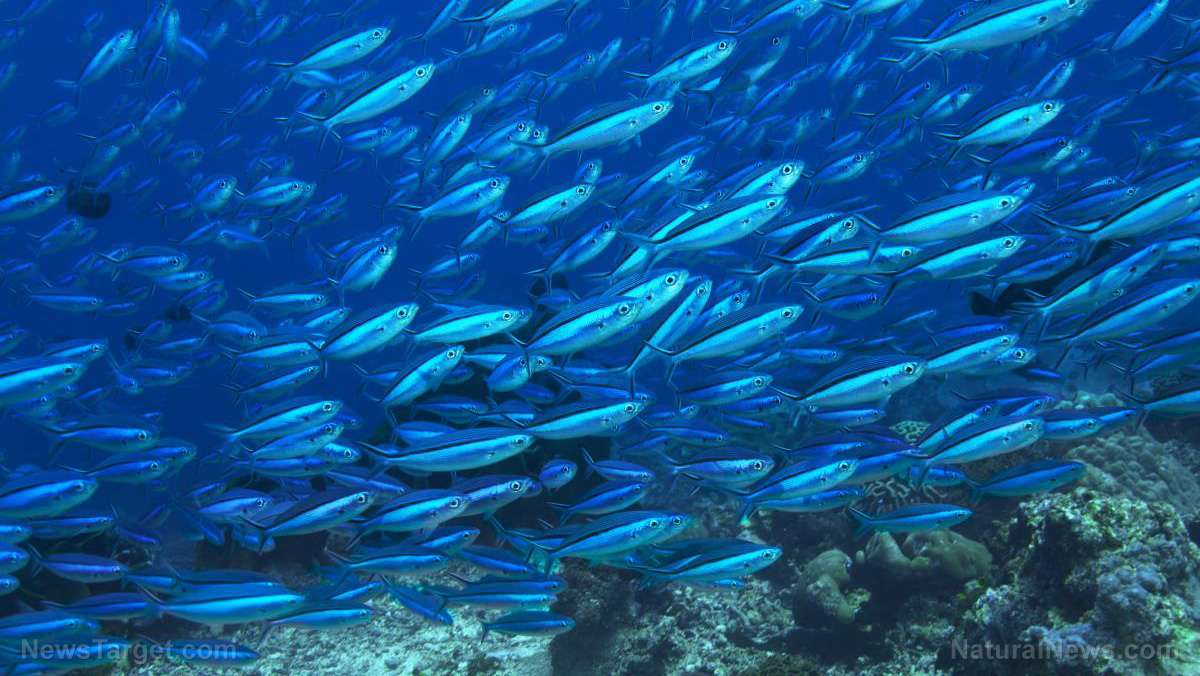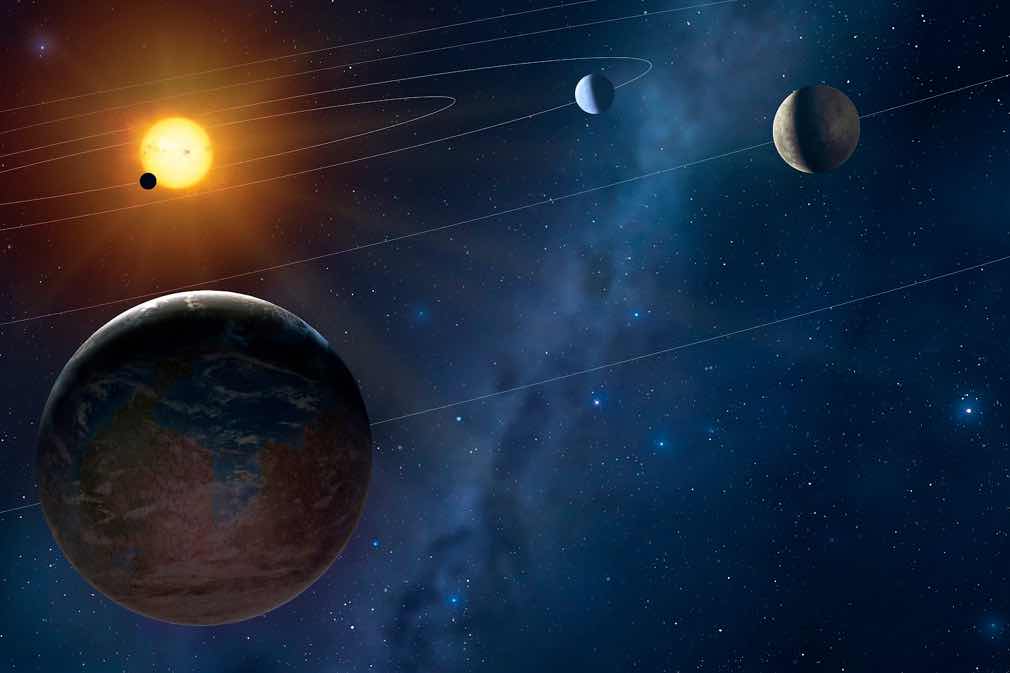Why is methane disappearing from Mars? Researchers explain
03/09/2020 / By Franz Walker

For years, scientists have been puzzled by conflicting reports on the existence of atmospheric methane on Mars. Methane gas is considered a bioindicator, and its presence could hint at the existence of biological life on the planet sometime in its past. Now, a recent study looks to explain why the reports from the red planet regarding its methane are so inconsistent.
According to a study from Aarhus University in Denmark, the atmospheric methane that exists on Mars is constantly being destroyed, a process called “saltation.” This refers to the process that happens when a fluid, such as wind or water, carries loose materials before depositing them back to the surface. Saltation often induces a static charge in the particles picked up by the wind or water, which can lead to ionization.
Researchers at the university’s Mars Simulation Lab demonstrated that, in a Mars-like environment, the saltation process ionizes atmospheric methane into other compounds like methyl, methylene and carbyne. Prior to this, the scientists usually looked to photochemical degradation to explain the atmospheric methane’s disappearance.
Tracking the missing methane
To show that saltation is the cause of the ionization of Mars’s atmospheric methane, the researchers first had to recreate the Martian environment in a lab. To this end, they used Mars-analog minerals such as basalt and plagioclase. The latter contains silicon, an element that’s present in large amounts on Mars’s surface.
Simulating wind erosion with these minerals, the researchers found that, not only could they be oxidized, gases such as argon were ionized in the erosion process. In addition to the ionization, the team also found that the silicon atoms in plagioclase bind with carbon atoms present in the methyl group compounds derived from methane.
Before this, the prevailing theory was that methane was disappearing through photochemical degradation, where it would react in contact with ultraviolet radiation to form carbon dioxide. This process, however, doesn’t degrade the atmospheric methane fast enough to explain its disappearance. The experiment shows that the saltation is much more effective at ionizing atmospheric methane and then returning it to the soil.
Implications for life on Mars
The presence of methane is traditionally thought of as a sign of biological life. The gas is released by some living creatures such as cattle, bacteria, termites and even plants such as rice. As such, the presence of methane on a planet is often seen as a hint of life possibly existing or having existed on it. However, the saltation process that seems to be removing atmospheric methane on Mars looks to throw a wrench into that theory.
The study shows that, alongside ionizing methane, the saltation process also leads to the formation of reactive oxygen chemicals such as hydrogen peroxide, superoxides and oxygen radicals. These chemicals are very toxic to organisms, including the bacteria that some scientists think could survive on Mars’s soil.
With these discoveries in mind, the research team now looks to conduct follow-up studies to figure out exactly what is happening to the bound methane. This includes finding out whether or not the erosion process, in addition to the gases in the atmosphere, also changes or completely removes the atmospheric methane.
The results of these studies will have a significant impact on scientists’ understanding of the preservation of methane and other organic materials on Mars. This, in turn, will affect their understanding of how life may exist on the red planet. These studies will also inform future missions to Mars that will be looking for evidence of life on the planet such as the European Space Agency’s (ESA) ExoMars 2020 rover, as well as the National Aeronautics and Space Administration’s (NASA) Mars 2020 rover, both of which are scheduled to arrive on 2021.
Sources include:
Tagged Under: extraterrestrial life, Life on Mars, Mars, Methane, Space
RECENT NEWS & ARTICLES
Cosmic.News is a fact-based public education website published by Cosmic News Features, LLC.
All content copyright © 2018 by Cosmic News Features, LLC.
Contact Us with Tips or Corrections
All trademarks, registered trademarks and servicemarks mentioned on this site are the property of their respective owners.


















